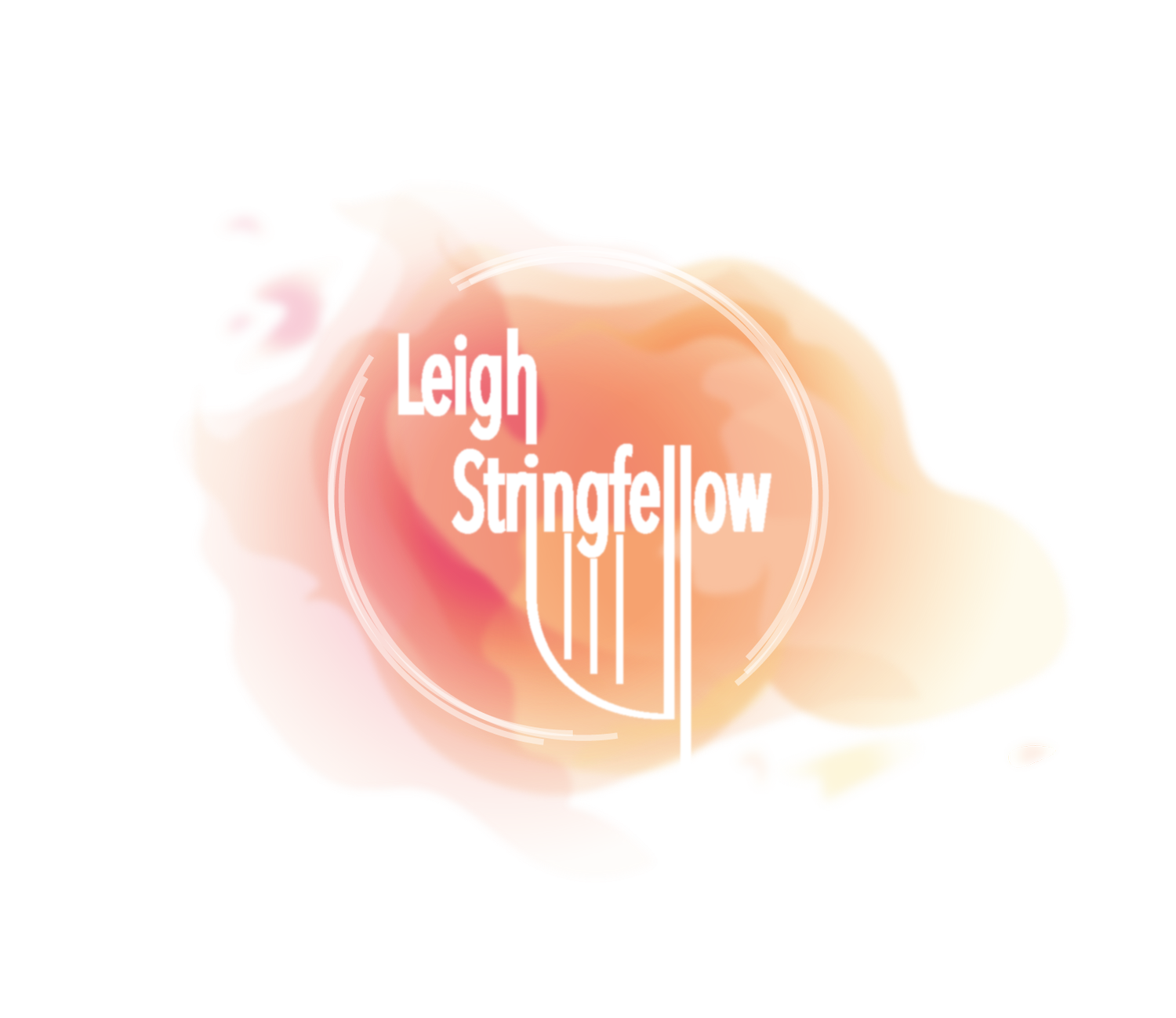"Ceremony of Carols" Op. 28 by B. Britten
/Originally published December 14, 2013 on www.GigHarp.com
British born composer Benjamin Britten (1913-1976) was born 100 years ago this year. It seems fitting that on the centennial anniversary of his birth, I am playing his “Ceremony of Carols” in its completion for the first time this year, tomorrow actually! With plenty of practicing and one rehearsal under my belt, I’m awaiting tomorrow’s performance with great anticipation!
Britten composed the first version of the wildly popular “Ceremony of Carols” Spring of 1942 while returning to the UK by boat from the US. (Imagine accomplishing that much on a flight from New York to London!) Britten confessed in a letter to his friend Elizabeth Mayer that he wrote the work “to alleviate the boredom.” Initially, the work featured just seven carols and was titled “Seven Christmas Carols.” Five of the texts come from a book of poems titled “The English Galaxy of Shorter Poems.” Britten purchased the book in Nova Scotia while the ship made a brief stop while on route to the UK.
Undoubtedly, Britten selected the harp for the accompaniment due to a recent interaction with harpist Edna Phillips. Ms. Phillips, was the first woman to ever hold a principal position in a major US Orchestra. Also an advocate for the harp, she and her husband worked steadily to grow the repertoire for solo harp. Mr. and Mrs. Phillips approached Britten during his stay in the US for a solo harp commission. They sent him on his way with treatises on playing the modern harp to study. Britten did not accept their commission, but did write a substantial solo for harp, “Suite for Harp, Op. 89” which he completed in 1969. It remains a staple in the harp repertoire. With the materials from the Phillips family, it seems natural for Britten to begin exploring writing for harp while traveling across the Atlantic.
After Britten disembarked from his transatlantic voyage he continued to work on his “Ceremony of Carols” and the completed version with 11 movements was first performed in 1943 with the Morritson Boys choir conducted by Britten himself and with harpist Maria Korchinska at the Wigmore Hall in London.
This piece holds a special place for me. I heard it for the first time when I was just four years old, sung by the Seattle Girls Choir, of which my oldest sister was a member. Being young and squirrelly with tangled hair, listening to a long choral program in a large Seattle cathedral was a difficult task, presumably also difficult for my mother who kept me still. But, while the harpist played, I was transfixed and decided that I too would to play the harp.


